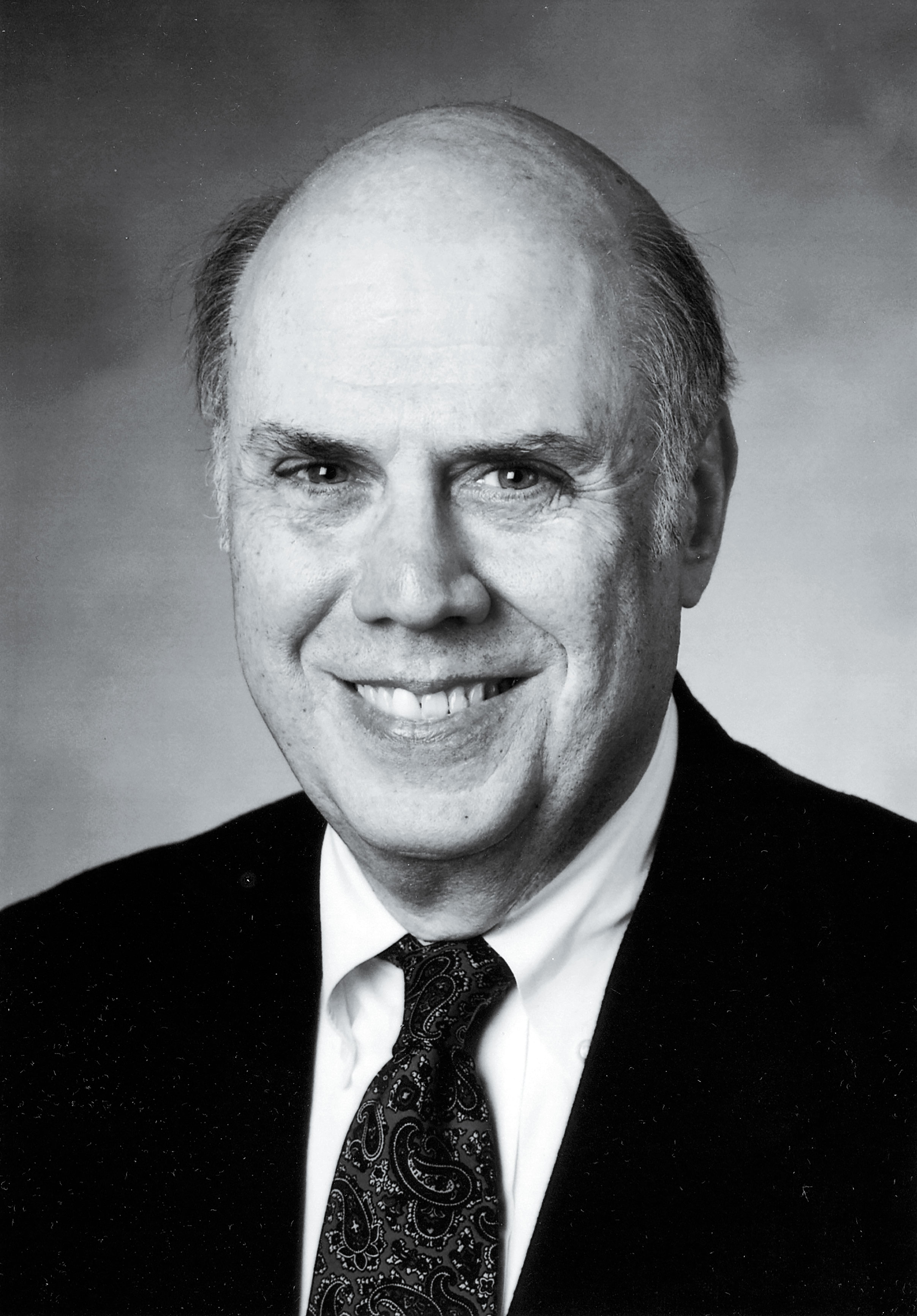
Imagine being part of a well-funded research institution that values long-range, big-picture innovation and hires creative, inquisitive people to share ideas, experiment, and collaborate in ever-changing combinations.
Though it sounds today like a technologist’s fantasy, this was everyday life for Ed Chandross during his four-decade-plus affiliation with AT&T’s Bell Laboratories. There he played key roles in many projects and headed the labs’ organic chemistry and materials chemistry departments.
His accomplishments include developing materials for optical-fiber production and silicon device patterning—and, in one day of experimentation, discovering the chemistry used in glow sticks, which have become a staple of camping trips, Halloween outings, and raves.
“It was a hell of a ride; I can’t believe how well it worked out,” says Chandross, who started at Bell Labs in 1959 after earning his Course 5 degree at MIT and a doctorate in chemistry at Harvard. “I was fortunate to arrive when I did, and I’m very grateful to MIT for providing me with an enormously valuable education.”
Random conversations over lunch and in corridors were central to Bell Labs’ culture, which Chandross described in his 2011 book, Bell Labs Memoirs: Voices of Innovation. One casual discussion of problems with optical-fiber production gave Chandross “a moment of inspiration” for using a photochemical process to remove impurities. Experimentation quickly verified the concept, and it became an AT&T manufacturing process within weeks.
Chandross, who has a longtime interest in chemiluminescence, made the discovery that led to glow sticks in 1962 by combining organic materials with hydrogen peroxide to generate light. One combination produced faint luminescence, and additional experiments that afternoon led to the basic chemistry still used today. Chandross was unaware of glow sticks’ role in pop culture until he was contacted by a Vice magazine writer in 2013. “It turns out they’re a hot thing,” he says.
A member of the National Academy of Engineering, a fellow of the American Chemical Society, and a former ACS journal editor, Chandross still attends technical conferences and serves as an advisor to MIT’s NSF-funded Materials Research Science and Engineering Center and as a consultant to Bell Labs. “I read a lot—current affairs, science, and technology—and I’m trying to catch up with the amazing advances in biology,” he says. Chandross and his wife, Barbara, have been married for 56 years and have two sons.
Keep Reading
Most Popular
Large language models can do jaw-dropping things. But nobody knows exactly why.
And that's a problem. Figuring it out is one of the biggest scientific puzzles of our time and a crucial step towards controlling more powerful future models.
The problem with plug-in hybrids? Their drivers.
Plug-in hybrids are often sold as a transition to EVs, but new data from Europe shows we’re still underestimating the emissions they produce.
Google DeepMind’s new generative model makes Super Mario–like games from scratch
Genie learns how to control games by watching hours and hours of video. It could help train next-gen robots too.
How scientists traced a mysterious covid case back to six toilets
When wastewater surveillance turns into a hunt for a single infected individual, the ethics get tricky.
Stay connected
Get the latest updates from
MIT Technology Review
Discover special offers, top stories, upcoming events, and more.